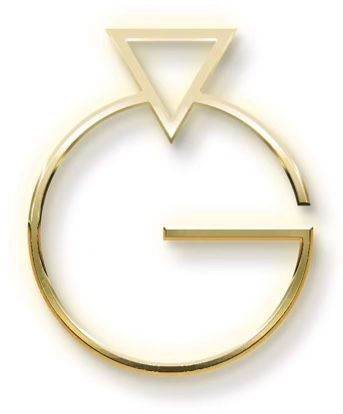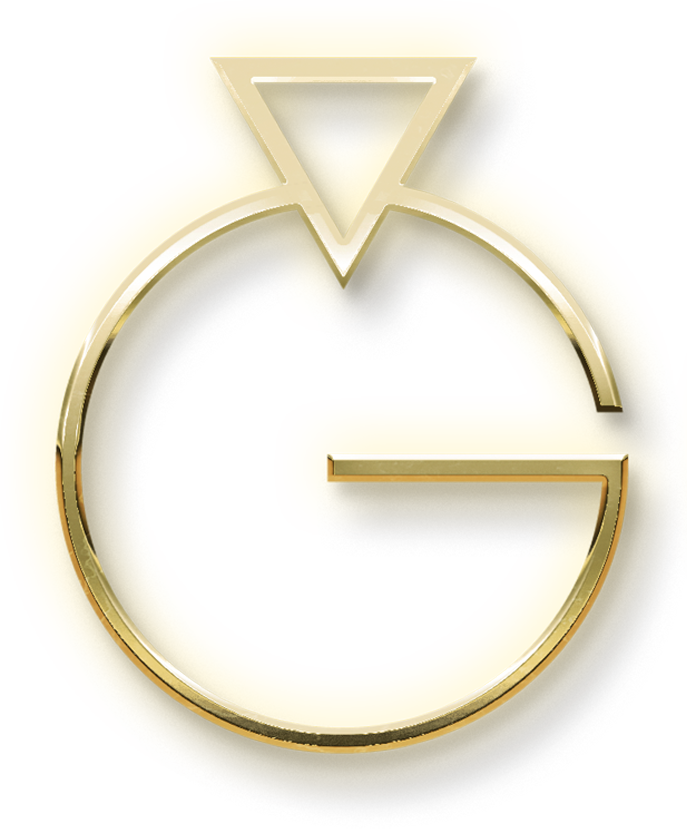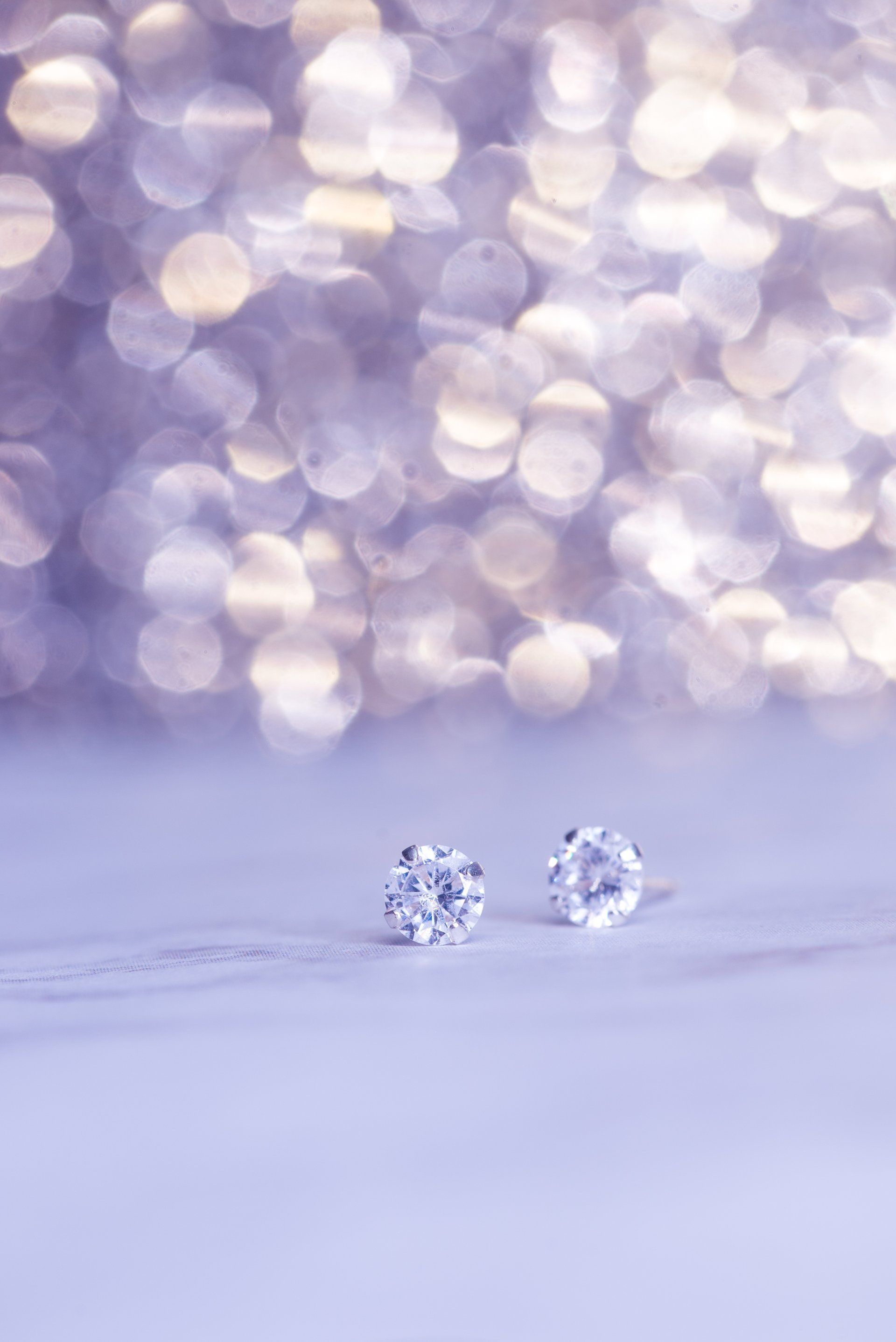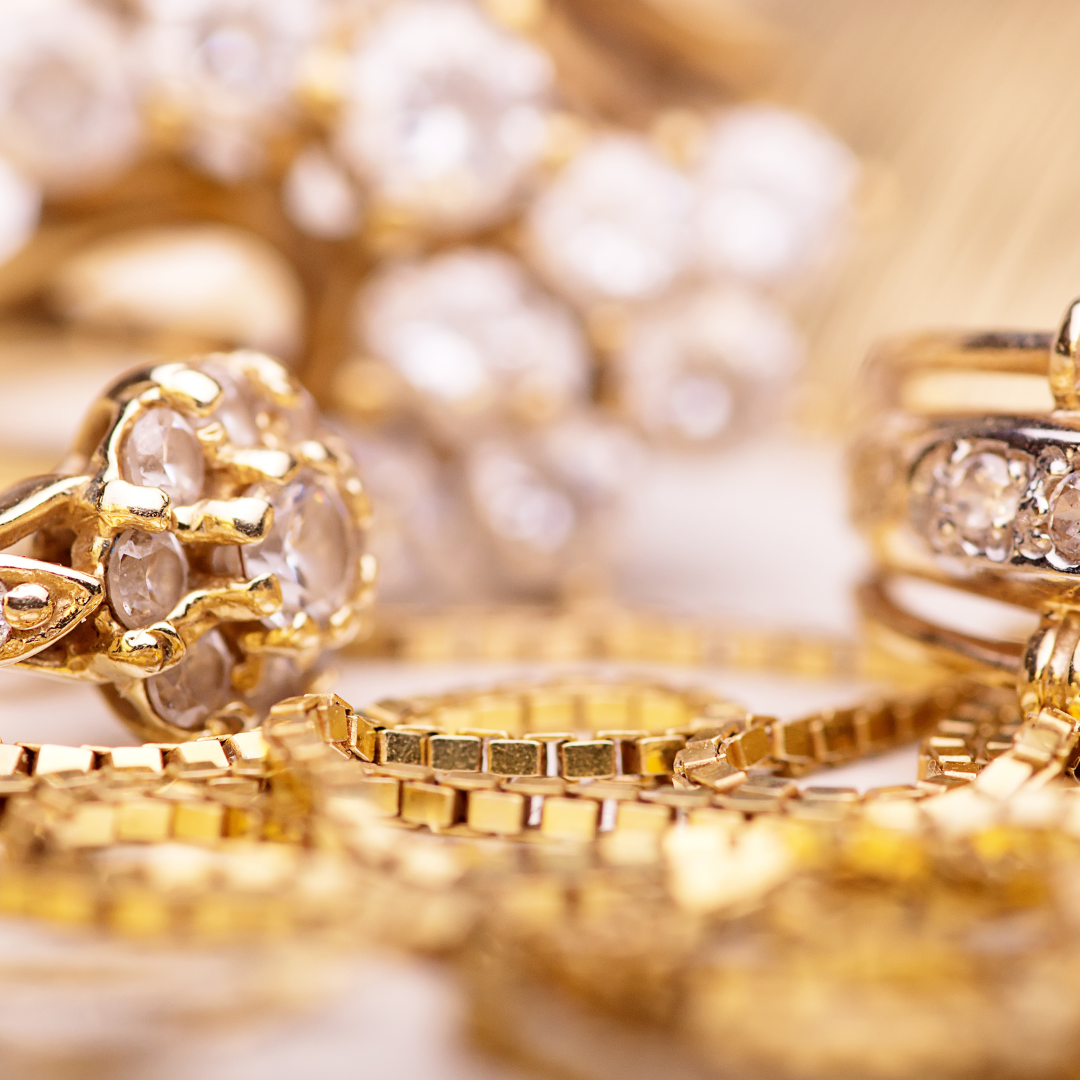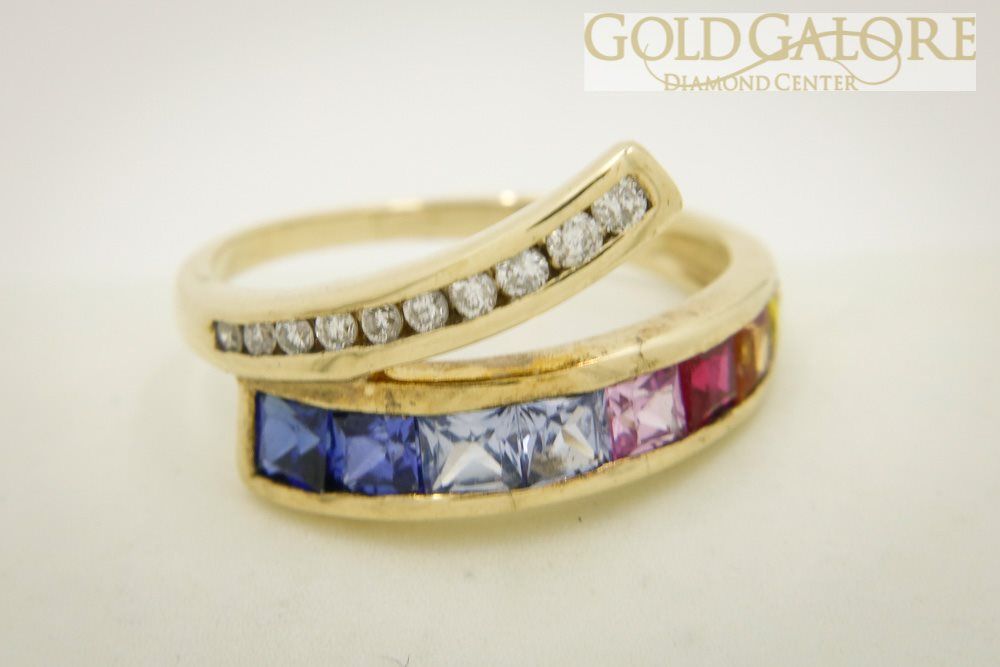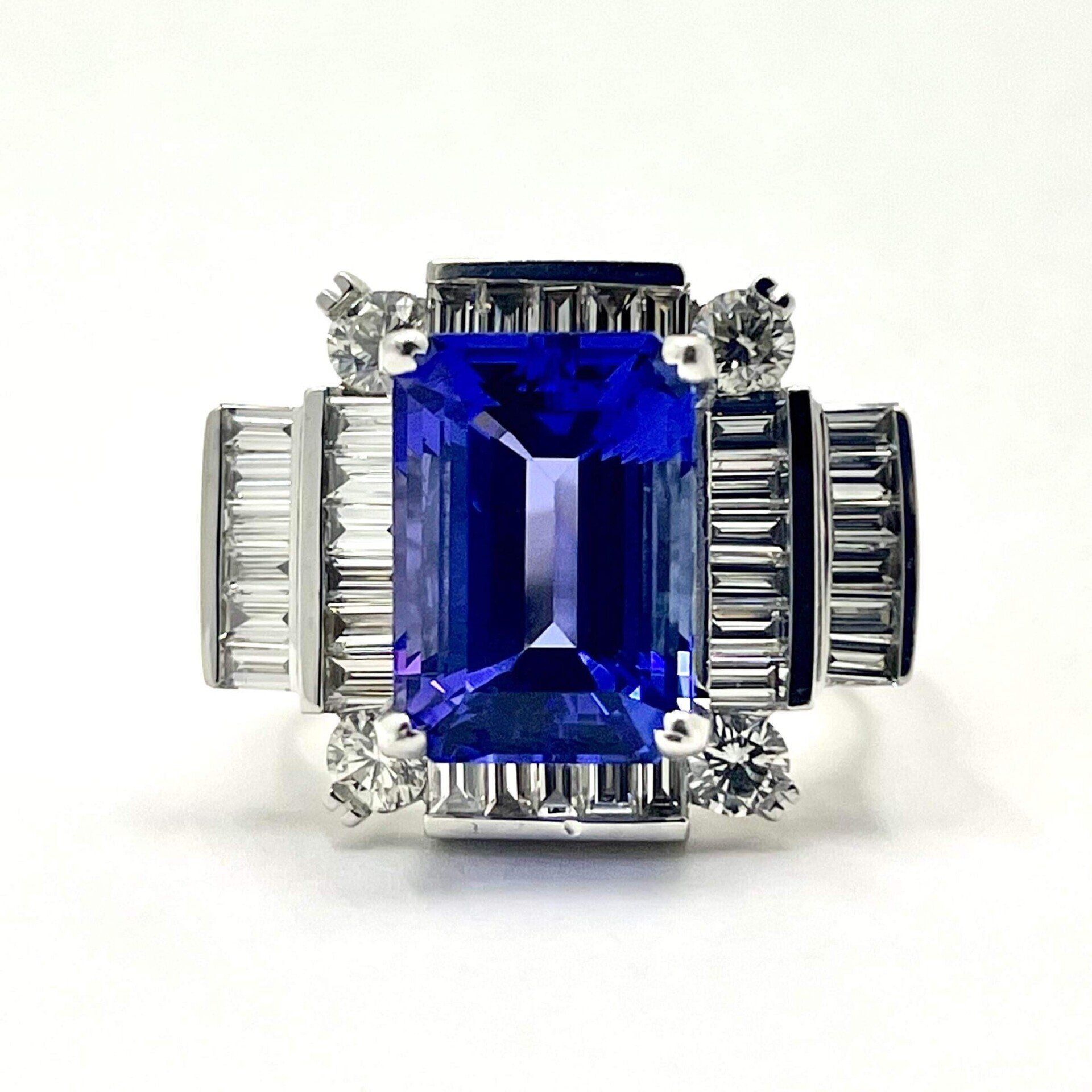Choosing the Perfect Diamond Cut for Your Engagement Ring
Diamonds never go out of style and never depreciate. That is why it is most symbolic of love and of engagement rings. Choosing which diamond cut, though, is like bringing a kid to a candy store!
There are 10 popular diamond cuts to choose from for your engagement ring, so which one should you choose? To help you pick the right one for you, here are some interesting facts about the popular diamond cuts to guide you in buying.
What are the different diamond cuts?
When buying an engagement ring, this list includes traditional and fancy cut diamonds that will help you decide according to personality and personal preferences:
Round Brilliant Cut

Round brilliant-cut diamonds are the most popular cut and for the right reasons. They are classic and timeless in design, a popular favorite ever since it was created in the 17th century.
Each round brilliant diamond has a total of 58 facets as almost all diamonds. For the round cut, it has 33 on the crown and 25 on the pavilion) for that great brilliance and fire.
Oval-Shaped Diamond

The oval diamond cut has been around since 1957, created by a Russian-born diamond cutter named Lazare Kaplan. Like the round diamond, it has 58 facets as well. Oval-shaped diamonds are for those who want to be a bit more trendy but still as classic as round diamonds.
The oval cut is a good choice for the creative and individualistic woman. Famous oval engagement ring owners include Blake Lively and Leann Rimes.
Princess Cut
A diamond princess cut is also known as the square diamond. It has 57 facets and although it dates back to the 60s, the princess cut diamond as we know it today was created in 1980 by Betazel Ambar and Israel Itzkowitz.
Owing to its shape, the princess cut diamond needs more of the carat weight at the lower portion of the stone for optimum sparkle. Thus, it may seem smaller than the round diamond even if they have the same carat weight.
Princess cut diamonds also keeps most of the original rough diamond it was derived from, so it usually has more value when it comes to weight.
Lastly, it is worthy to note that this cut has sharp corners, unlike the emerald cut or the radiant cut diamond which has rounded edges. It is up to the professional jewelry maker to protect the diamond from chipping through the use of the right setting.
This square diamond shape is perfect for those with a fun, trendy, lively personality. If you love the softer look though, you can try the cushion cut diamond.
Marquise Cut

While round brilliant diamonds remain to be one of the most popular, the Marquise Cut diamond has been around way longer than that. It traces back to 1745 in Paris. King Louis XV was so enamored with his beautiful mistress, the Marchioness Madame de Pompadour, that he commissioned his court jeweler to create the marquise diamond cut to resemble her smile.
Thus, the marquise cut diamond is for those who are more for the aristocratic, Victorian style. It is a good diamond cut though for those who want the illusion of longer fingers and is thus ideal for those with fat fingers too.
Pear Shape Diamond

The pear-shaped diamond is only one of the 2 diamond shapes that are asymmetrical in design. It was created in the 1400s by Lodewyk van Berquem of Belgium, where the Antwerp Diamond District, the diamond capital of the world is.
Also known as the teardrop cut, the pear-shaped diamond is a combination of the classic round brilliant diamond and the Marquise. This is thus for those who want a classic but a bold, adventurous feel. The most common length to width ratio to make this shape a well cut diamond is a ratio between 1.45 to 1.75
A fun fact about this pear shape engagement ring is that the owner should wear it with the sharper tip pointing towards the wearer’s heart.
Emerald Cut

Unlike the princess-shaped diamond cut, the emerald cut diamond has no pointed corners. Having an elongated diamond shape, it has a longer table (top of the diamond) and step cut facets which means the color and clarity are more obvious.
That being said, when buying an emerald cut, make sure that the clarity is high and the color is of the highest quality.
Emerald cut diamonds are a good choice for the hardworking, sophisticated woman such as Amal Clooney or Beyonce.
Cushion Cut
A cushion cut diamond is similar to a square diamond cut but with rounded edges. It may be somewhat square but has soft, curved edges. Although a bit less brilliant than the round brilliant cut, its large facets make it such a sparkler.
The soft, rounded edges of a cushion cut diamond make it ideal if you want the feminine, elegant, timeless look. Such is the engagement ring of Sofia Vergara.
Radiant Cut
The radiant cut diamond is named as such for a reason. Created by Henry Grossbard in 1977, the radiant cut design is in such a way that it has a complete, brilliant- cut facet pattern on both the crown and the pavilion. This makes it exceptionally vibrant and gleaming.
The radiant cut diamond is similar to a princess cut minus the latter’s pointed corners, hence the radiant cut diamond shape is also similar to a cushion cut diamond. It is also close to that of emerald-cut diamonds, except that the arrangement of the facets in radiant cut diamonds makes it sparkle even more.
The radiant cut diamond is a shape that the bubbly modern, outgoing woman will definitely love.
Asscher Cut
The Asscher cut diamond gets its credit from Joseph Asscher in 1902.
It is similar somehow to the emerald cut because of step-cut faceting but has a unique feature. Asscher cut diamonds being square, they have that distinct X shape due to the windmill cut on the pavilion. This requires it to be well-cut, as a poorly cut Asscher will show through the table.
As with the emerald, the diamond’s facets are long and thus an Asscher cut must rate high in the color quality scale.
The original Asscher created in 1902 cut has 58 facets. In 1999 however, the great grandsons of Joseph Asscher added 16 more facets making the royal Asscher-cut diamonds more difficult to cut, with 74 facets, having more facets than most diamond shapes, making them rarer and more expensive.
To date, there are only 75 people who can cut it into its perfect shape.
With its facets similar to the emerald cut, buying an Asscher cut diamond engagement ring requires a high clarity grade.
It first reached its peak of popularity in the 1920s in the Art Deco era with geometric design. Hence it is ideal for the woman who loves vintage and modern combined. One of the most popular Asscher cut diamond engagement rings belongs to Pippa Middleton, who has a 3-carat sparkler.
Heart-Shaped

The heart-shaped diamond dates back to the 16th century when Queen Elizabeth received it as a gift of friendship in 1562 from the Mary Queen of Scots. It then became a gift for the nobility as a symbol of goodwill.
The heart-shaped diamond cut is one of the 2 popular asymmetrical diamond cuts (the other is the pear-shaped diamond cut). Because of this fancy, asymmetrical diamond style, it makes it difficult to cut to perfection and can only be done by a skilled jeweler. This makes the heart-shaped diamond rarer and more expensive than most diamond cuts.
Its kite-shaped facets make it shine as bright as a round brilliant diamond. Being a symbol of love, this diamond shape is perfect for the romantic, sentimental woman, such as Lady Gaga.
Some More Facts About Diamonds
Which diamond cut is best?
The round brilliant cut is the most popular and one of the best diamond shapes. The GIA has assigned it a cut grade from Excellent to Poor, depending on the brilliance/sparkle, fire, symmetry, and polish. When buying a round diamond, look for one that has an Excellent cut grade.
What is the most expensive cut of diamond?
The round diamond is essentially the most expensive of all diamonds with all factors being equal, because there is more of the rough diamond being thrown away. From a rough diamond, only about 40% is used to create round cut diamonds.
What is the biggest-looking diamond cut?
Owing to their diamond shapes, the Marquise and the oval-shaped diamonds appear the biggest. The Marquise cut looks bigger due to its elongated shape with pointed ends. Oval cut diamonds also look bigger than most cuts and these two are the best for those with petite fingers.

What are the diamond cut grades?
The diamond cut grades were assigned by the GIA, as follows:
Excellent cut grade – this is the best cut as it will reflect light the best with maximum fire (the scattering of white light), brilliance, and sparkle.
Very Good – Light return is almost as good as Excellent, but more cost-effective. They make up about 15% of the cut quality.
Good – has good sparkle and brilliance, will interact with light fairly well. They make up about 25% of the cut quality.
Fair/Poor – A fair cut quality still has a decent amount of fire and brilliance, while with a poorly cut diamond, light escapes from the sides and bottom. They make up roughly 35% of cut quality.
Other Factors Affecting Light and Brilliance
Diamond’s Depth and Table
Aside from a diamond’s cut, a diamond’s brilliance and ability to reflect light depends also on its “depth” and table.
Depending on the diamond’s cut, the ideal depth ranges between 58-76% as the depth plays a role in its sparkle.
A diamond’s table is another factor. Being the top facet, it lets in the light and also easily shows its color and clarity. It has its own ideal proportion in relation to the entire diamond.
The ideal table though differs among the diamonds. For example, for a round diamond the ideal is between 54-60% while for an emerald cut, it is between 66-72%.
Get Your Quality Diamond from Gold Galore
Whatever your budget and preference for your engagement ring or diamond jewelry, Gold Galore will give you expert advice so you can get the perfect sparkler. Contact us today to help you pick out that perfect diamond!
The post Choosing the Perfect Diamond Cut for Your Engagement Ring appeared first on Gold Galore Jewelers | Expert Jewelers.
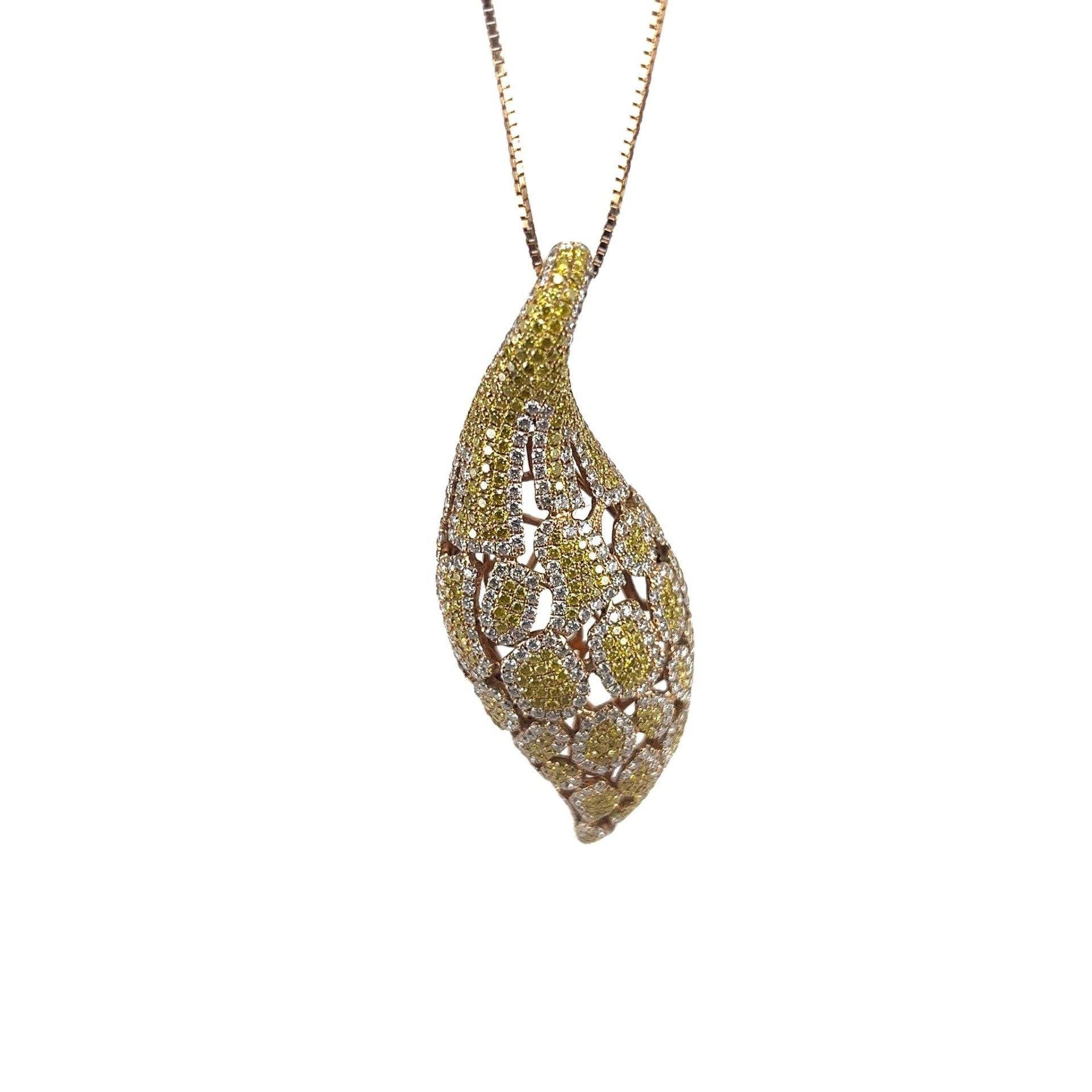
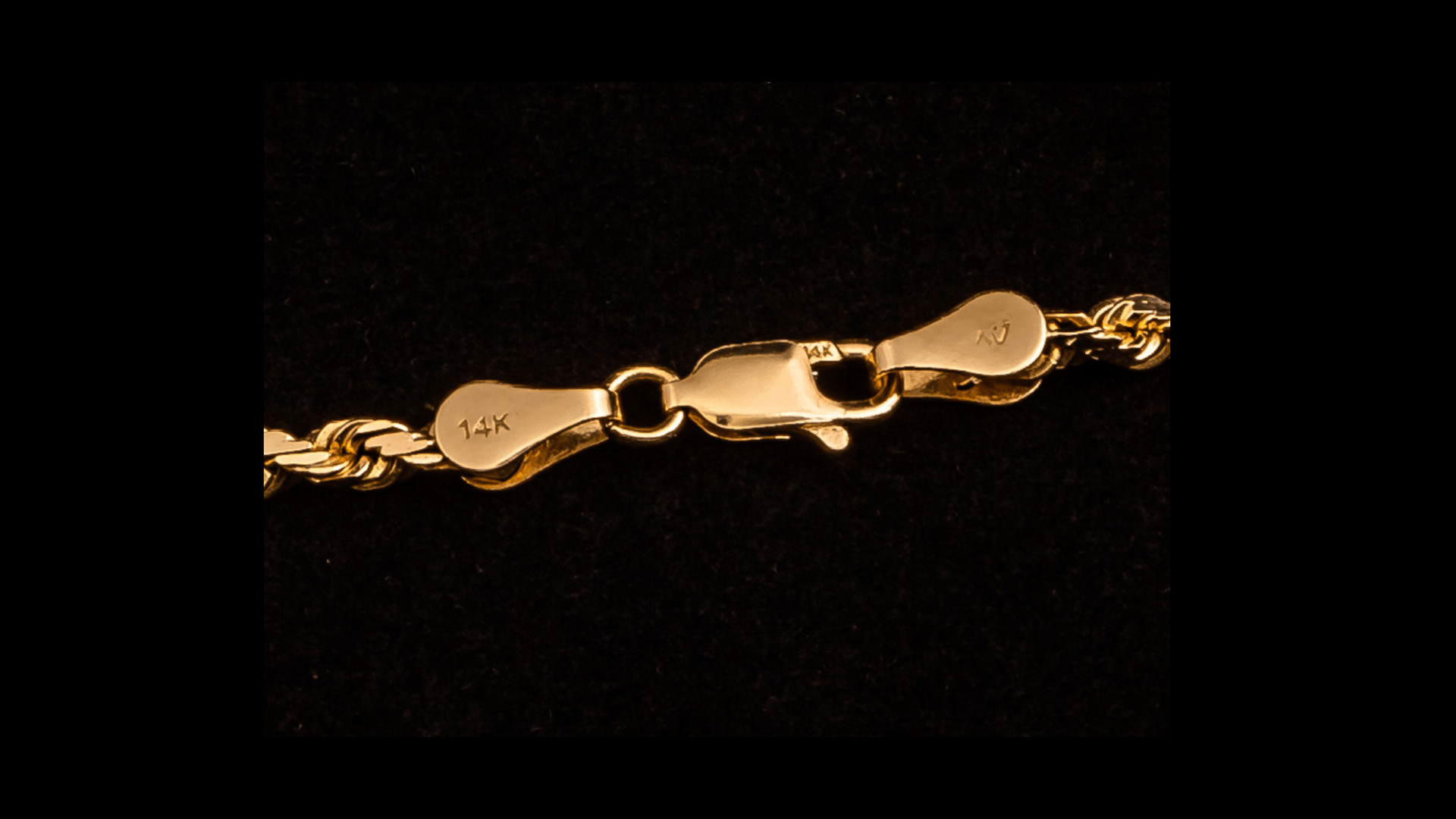

Contact Us
We will get back to you as soon as possible.
Please try again later.
All Rights Reserved | Gold Galore Custom Jewelry Store
Our Hours
- Sunday
- Closed
- Monday
- -
- Tue - Fri
- -
- Saturday
- -
No Appointment Necessary
Come In And Browse Our Jewelry Showroom!
